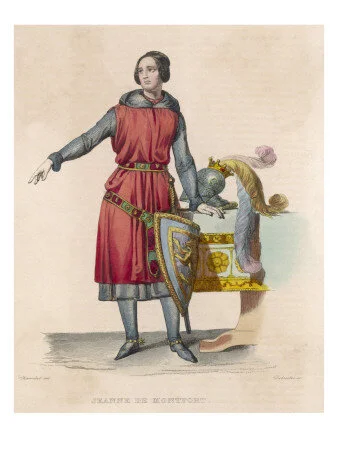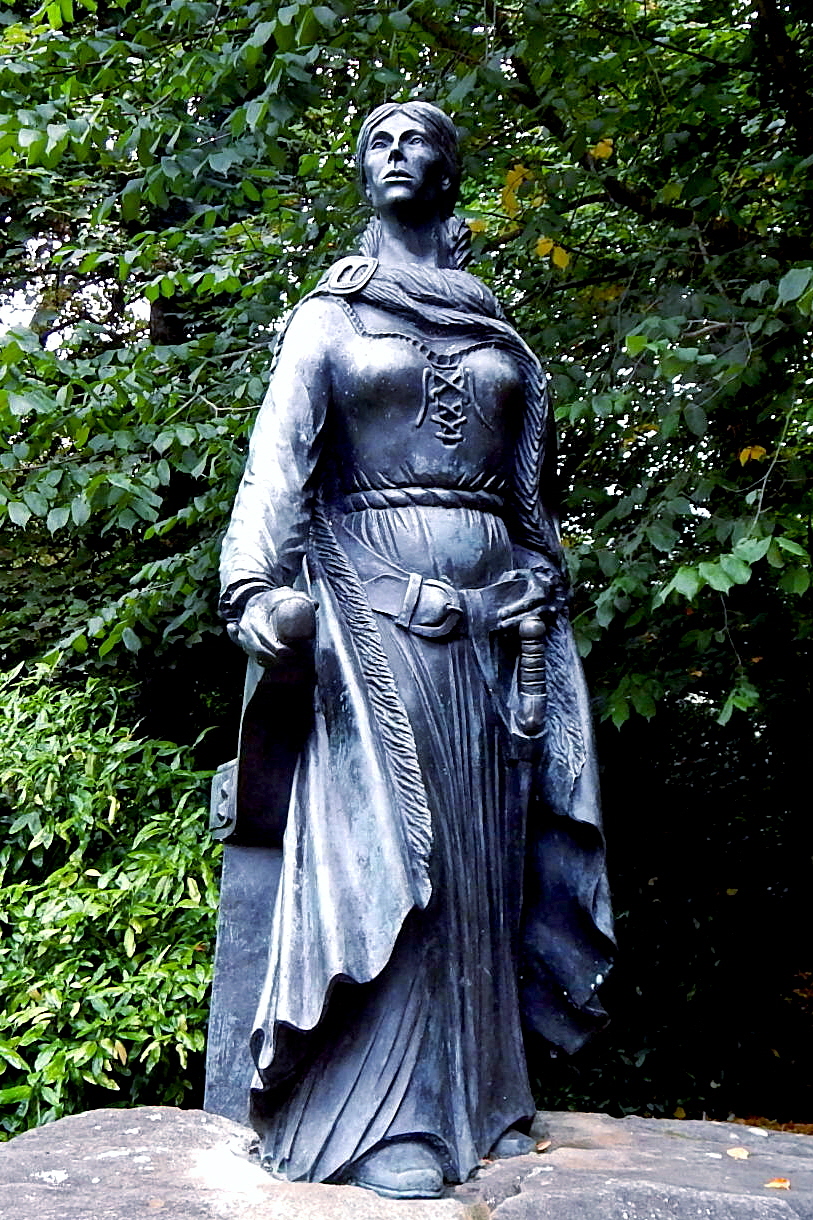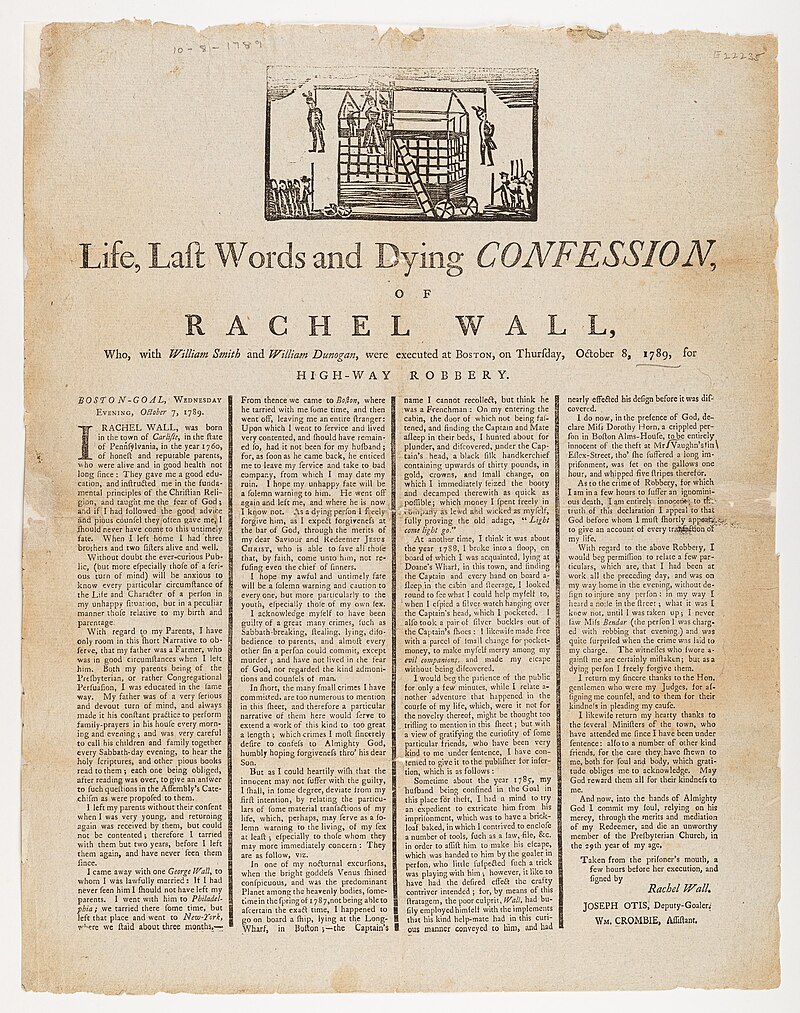Obsessed with Treasure Island and Pirates of the Caribbean? Lover of all things swashbuckling? Excited for The Pirates of Penzance? Well it’s the perfect time to pregame Moon River Opera’s production by brushing up on your pirate trivia – and maybe learn something about a few of the women who sailed the seven seas.

Jeanne de Clisson
Jeanne de Clisson (1300–1359), also known as Jeanne de Belleville and the Lioness of Brittany was born to a noble family in Belleville-sur-vie in western France. In her second marriage to Oliver IV de Clisson, she and her husband enjoyed a prominent position in Breton society, and Jeanne exercised a surprising political power. Jeannne prioritized the happiness, rights, and independence for her children, taking her husband to court and winning her case, giving her the ability to establish her rights and enforce them.
However, the War of Breton Succession changed the course of Jeanne’s life. Her husband Oliver was captured in the city of Bannes and, after his release was negotiated, accused of being a traitor. The following year, in 1342, Oliver and fifteen other Breton and Norman lords were invited to a tournament on French soil as a ploy to arrest, try, and execute them. Oliver’s death was the event that sent Jeanne into piracy, swearing revenge against King Philip VI and Charles de Blois.
Using her own money with some assistance from the English, Jeanne purchased and outfitted three warships, painted them black and hoisted red sails. The Black Fleet with the flagship My Revenge crossed the English Channel and hunted down French commerce ships, killing whole crews save one or two to tell the tales and deliver warnings back to the French king.
Jeanne’s attacks would continue for 13 years, only ending when she married Sir Walter Bentley, a commander in the English army.

Grace O’Malley
Grace O’Malley (c. 1530 – c. 1603), also known as Gráinne Ní Mháille, was a well-known historical figure in sixteenth-century Irish history. After the death of her father, O’Malley inherited control over her father’s lordship of both land and sea through her well known ruthlessness and talent for leadership. O’Malley would continue to expand her influence across large swathes of land in Connacht.
Some of her activities at this time caught the attention of the English authorities–what the English called “pirate activities,” resulting in much of the written record that remains of her activities. In response to the English encroachment into Ireland, O’Malley aligned herself and her family with other families resisting English rule, and herself commanded 3 galleys, 20 ships, and over 200 men. During this time, Englishman Sir Richard Bingham claimed that she was “nurse to all rebellions in the province for this forty years.”
According to the Gráinne Ní Mháille mythos, she was finally found at a disadvantage that resulted in the kidnapping of two of her sons and her half-brother by the English and she set sail to meet Queen Elizabeth I. In court she shocked the courtiers by concealing a knife beneath a beautiful gown and throwing a courtier’s handkerchief into a fire. However she was able to secure the release of her family with the promise that she would no longer support the Irish rebellion…
…a promise she definitely did not keep.

Rachel Wall
Rachel Wall (c.1760 – 1789) was likely the first American-born woman to become a pirate, and was the last woman to be hanged for it in Massachusetts.
- Born in the province of Pennsylvania, Wall (Schmidt at the time) spent her childhood years on a farm. However, she was drawn to the water, spending most of her days on the waterfront. According to the legend, one day she was attacked by local girls and saved by a man named George Wall, with whom she fell in love and married. After moving to Boston with her husband, they met a group of pirates through George’s work on a fishing schooner. After the group had spent all their money, the idea to become pirates was floated.
The party bought a new ship in 1781 and had a promising start. They set out to find other ships, disguised as if the were in great distress, just barely surviving a storm. When ships would approach, Rachel would call for help until they docked. Then she and her crewmates would storm and rob the ship. This tactic managed to rob 12 ships, killing more that 24 sailors and $6000 worth of goods. However, karma returned for them when the ship hit an actual storm in 1782, overturning it.
Forced to return to land, Rachel became a maid until she was taken in for theft that resulted in the death of a sailor. During the trial, the truth of her piratical career led to her sentence. Her last words were “”…into the hands of the Almighty God I commit my soul, relying on his mercy…and die an unworthy member of the Presbyterian Church, in the 29th year of my age “.

Zheng Yi Sao
Zheng Yi Sao (“wife of Zheng Yi”) (c. 1775 – 1844), also known as Shi Yang, Shi Xianggu, Shek Yeung and Ching Shih, was first mentioned when she was working on a floating brothel, and already had a reputation for being a shewed business woman. In 1801, She married her husband, Zheng Yi, who was already a powerful pirate. Zheng Yi Sao assisted in consolidating and organizing his fleets, eventually being able to unify small gangs into a confederation that eventually included 70,000 men and engaging in conflict with powerful empires like including the East India Company, the Portuguese Empire, and the Great Qing.
In 1807, Zheng Yi fell overboard at the age of 42, and Zheng Yi Sao took over command of her husband’s ships and his unofficial command of the Pirate Confederation. Her incredibly successful command included strict codes with many offenses leading to death. However, the code included benefits for the men under her command, including ensuring that any treasure seized would be divided fairly.
Zheng Yi Sao became so powerful that even the Chinese Navy did not have the manpower or the funds to exert control over her or her fleet. When they did finally enter into negotiations, Zheng Yi Sao was able to maintain her fleet and her second in command Zhang Bao became a government official.
Zheng Yi Sao eventually retired relatively peacefully, remarrying (despite that being illegal), running a successful gambling parlor, and dying at the age of 68 or 69.

Good article! Looking forward to “Pirates”!
Love the write up! Getting me even more excited for the show!